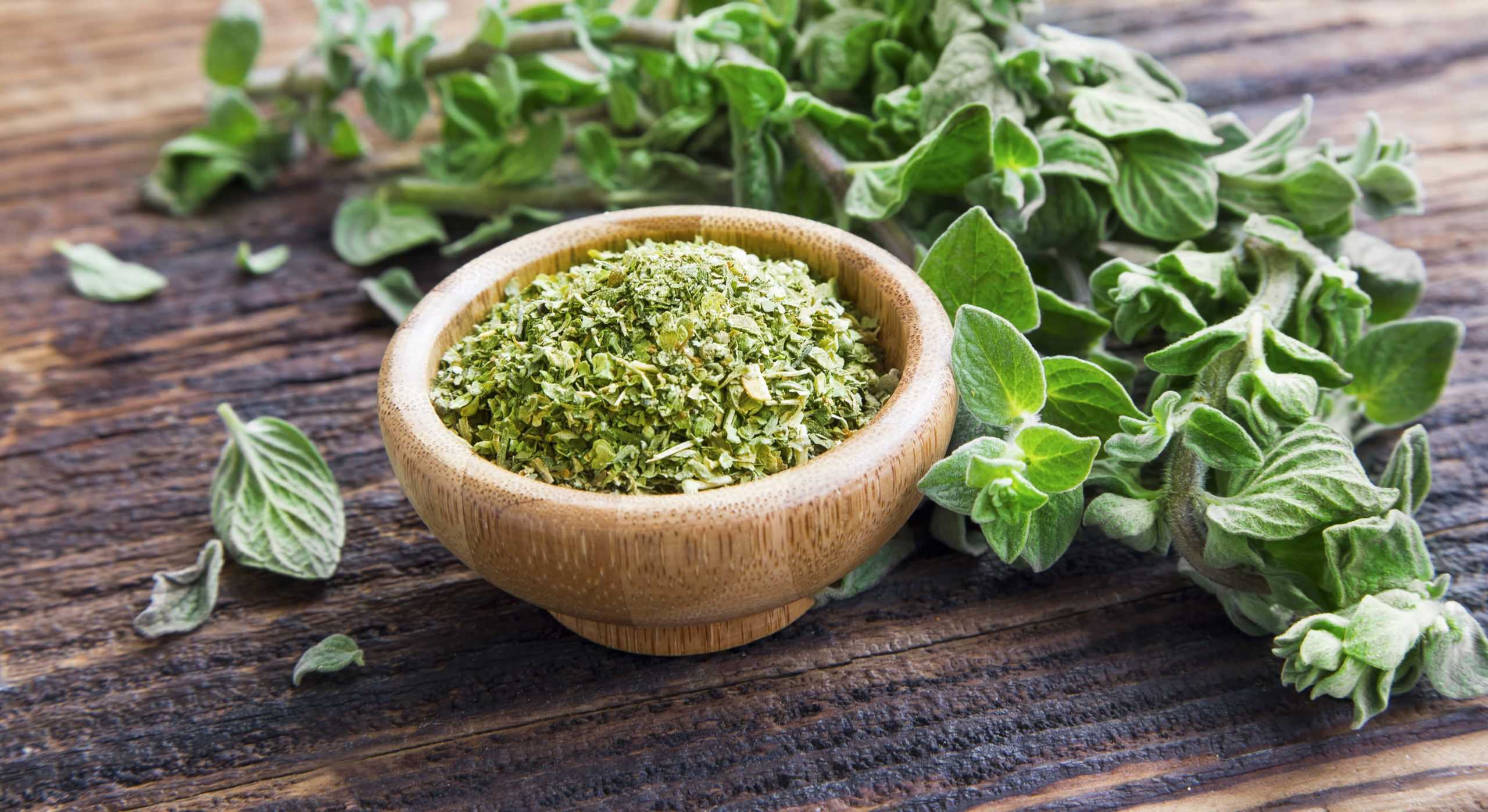
What is Oregano?
In the past, oregano has been referred to as wild marjoram causing some confusion in the industry. Although the two products are obviously very different, even botanical authorities have stated conflicting opinions at times, classifying both marjoram and oregano as Origanum majorana L. Today, oregano is typically recognized to be one of two varieties, Mexican or Mediterranean. The light green Mediterranean oregano leaf, principally from Origanum vulgare, is about 5/8 inches long and has a sweet, mild flavor. Mexican oregano (Lippia) has a larger leaf that is dark green in color and has a more pungent wild flavor in comparison to its Mediterranean relative. The leaf has
a tendency to curl when dried and is sometimes called “curly leaf oregano.”
Market conditions in the two origin countries are often volatile, causing food processors to make purchase decisions based on price variances instead of the country of origin. Due to the previously mentioned flavor and appearance differences, this practice is only feasible when the oregano is used at a small percentage rate in the finished product.
What is it used for today?
Mediterranean oregano is used in generous portions in pizza or other tomato-based sauce seasonings usually in combination with basil. It is also found in many Italian style foods including meatball seasoning blends and many popular “Italian” herb blends. Mexican oregano is often used in chili powders to season the meat, beans and/or sauce in dishes such as chili con carne.
To learn more about the spices and seasonings that Fuchs has to offer, click here. Our experts are ready to educate your team on all things spices and seasonings. To find out more, contact us.
Additional Media Information

For more information about Fuchs North America's products and programs that support food manufacturers in their product development needs, please
contact us.


